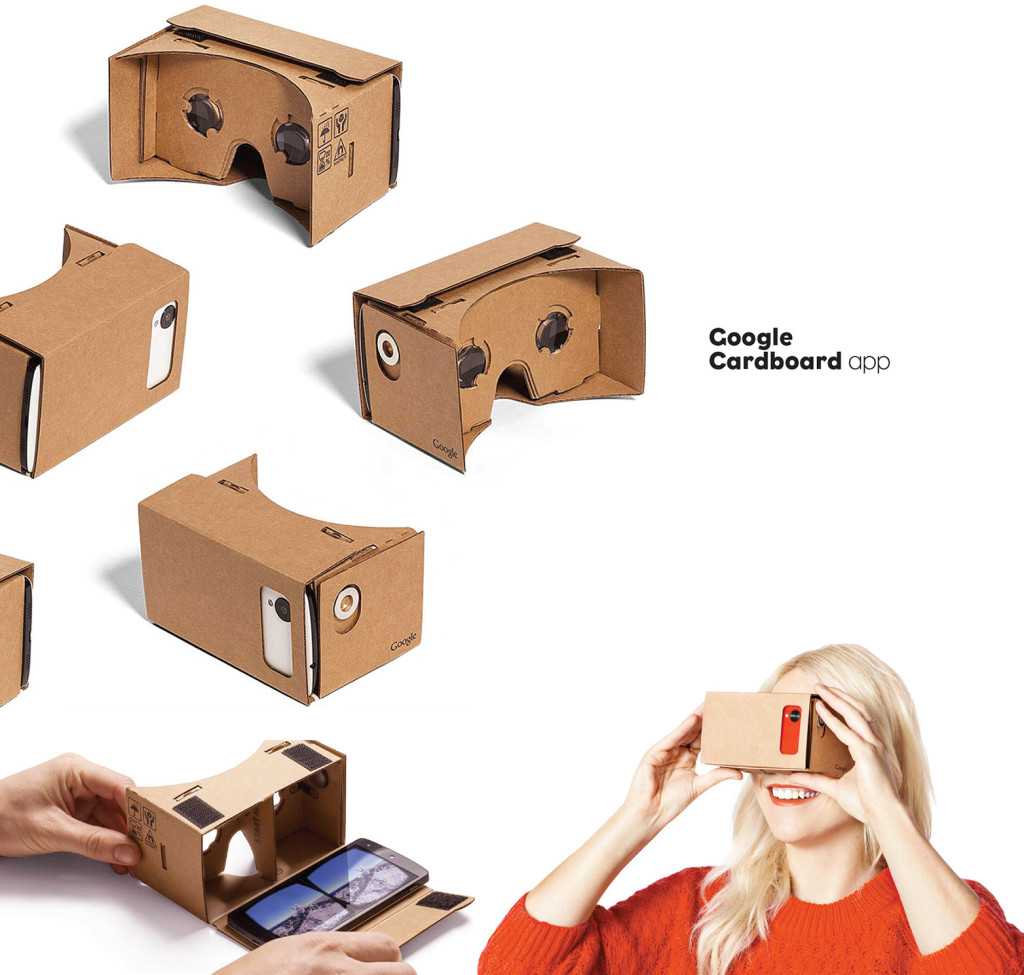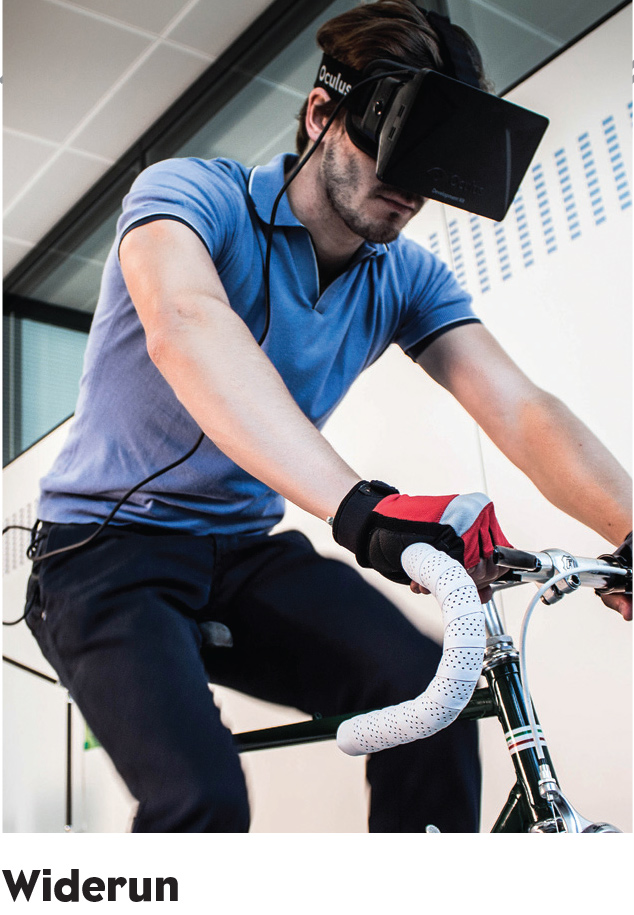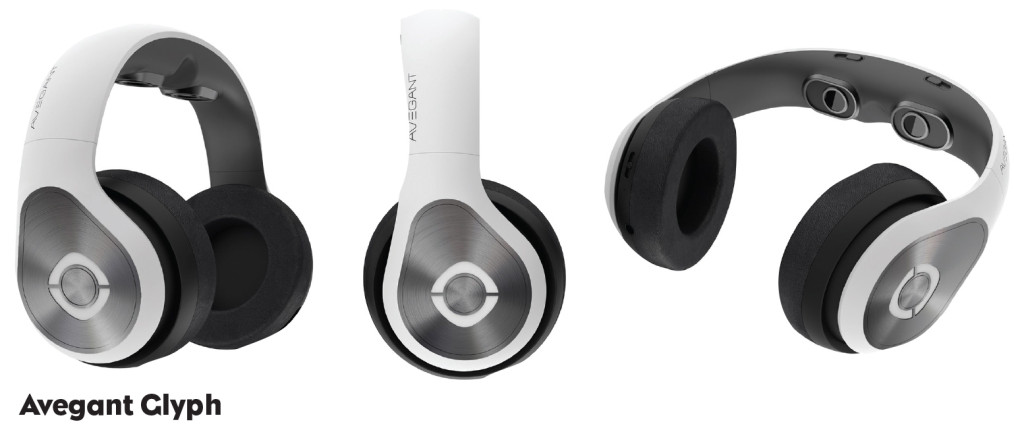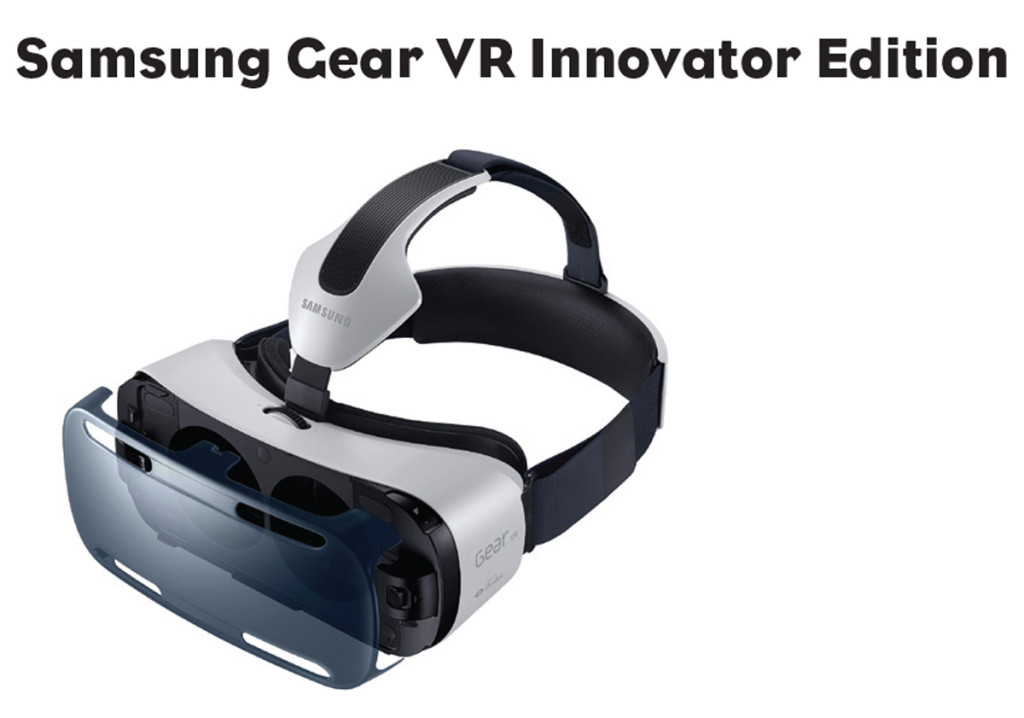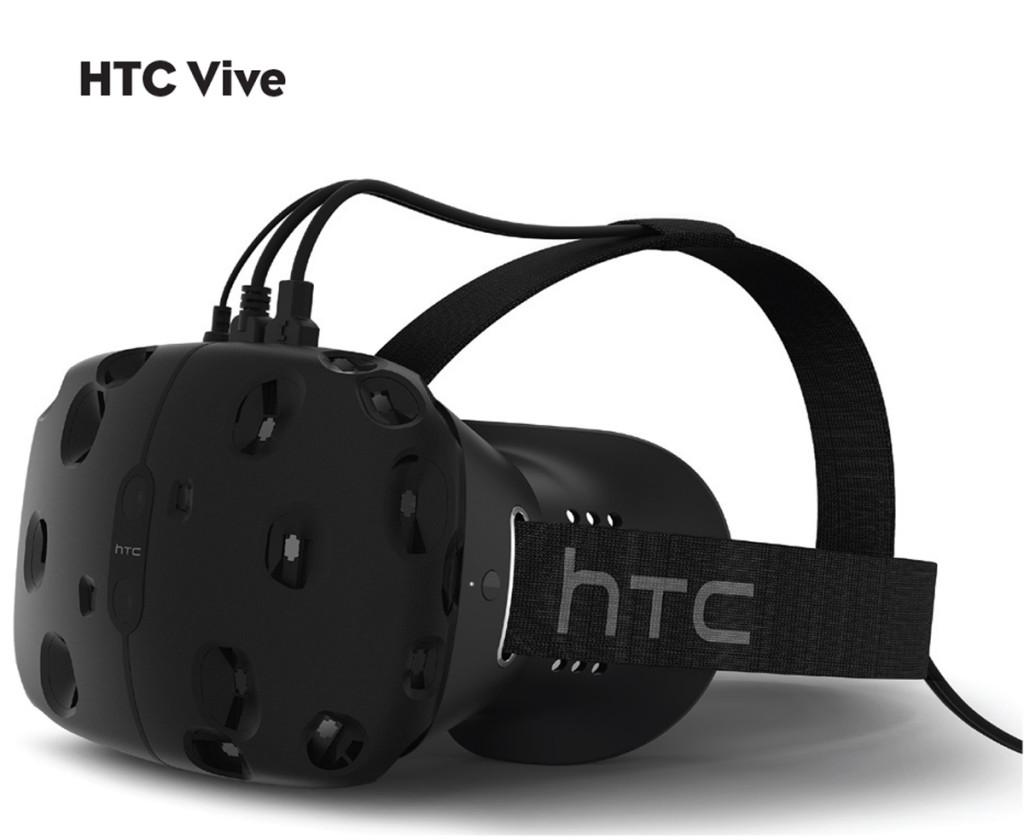In the early ’90s, virtual reality appeared primed to be the next big thing. But whether it was the substandard graphics or the nausea, VR never caught on—until now. Ever since Facebook purchased VR company Oculus last year, the industry has experienced a rebirth. Several companies are racing to deliver new VR devices to the market and pharma marketers are already using VR headsets at conferences to attract attendees with educational fun and games. If you are looking to capitalize on this trend, here are some of the latest companies and devices to consider.
Google: Do it Yourself VR
Google has made it possible for anyone to create their own VR device—all they need is some cardboard, magnets, Velcro, a rubber band and lenses (instructions are available online at http://bit.ly/1vgT12R). Then just download the free Google Cardboard app, place your phone in your newly made viewer and you have an instant VR headset. The app lets you fly around via Google Earth, examine cultural artifacts from every angle, watch your own videos and more. Pre-made kits are also available to purchase for as cheap as $15.
Widerun: A Virtual Biking Experience
Currently being crowdfunded, Widerun is a prototype that turns your bike into a fully immersive VR training experience. The device doesn’t come with a VR component, but it is compatible with VR headsets such as the Oculus Rift and Samsung Gear VR. Any bike with a wheel radius between 26 and 29 inches can easily connect to the device, essentially converting it into a makeshift stationary bike able to explore virtual worlds such as the ruins of the Roman Empire, a rainforest in Brazil, and even Westeros from Game of Thrones.
Avegant: Versatile Multimedia Headset
To be completely honest, the Avegant Glyph ($599) was not made for virtual reality, but it does offer a unique way to view content. The mobile headset can seamlessly switch from audio mode (in which they basically serve as high-end headphones) and view mode. Simply slide the headset down across your eyes and it becomes a personal theater capable of playing videos via a HDMI output. However, head tracking sensors mean that the headset works for games as well—so it is not just about the viewing experience.
Samsung: Mobile Becomes Virtual
The Samsung Gear VR Innovator Edition ($200) is powered by the Samsung Galaxy Note 4 smartphone and software from Oculus. Of course, that means you need to have a Galaxy Note 4 to use it, but the phone’s Super AMOLED display technology helps to create an impressive 360° viewing experience for video, images and games. For instance, Oculus’ Cinema app immerses you in a movie. While Milk VR, Samsung’s first virtual reality content service, offers new videos five days a week with channels in music, sports, action and storytelling.
HTC: A Seamless VR Experience
Made in partnership with Valve, creators of popular PC games such as Portal and Half-Life, the HTC Vive promises a friction-free VR experience with high-quality graphics. Each screen has a 1,200 x 1,080 resolution with refresh rates of 90 frames per second and the headset can track your head movements to an accuracy of one-tenth of a degree. Even though HTC Vive must remain connected to a computer, you can still walk around and explore the virtual world if the device is paired with Steam VR base stations. The device is currently available for developers.



